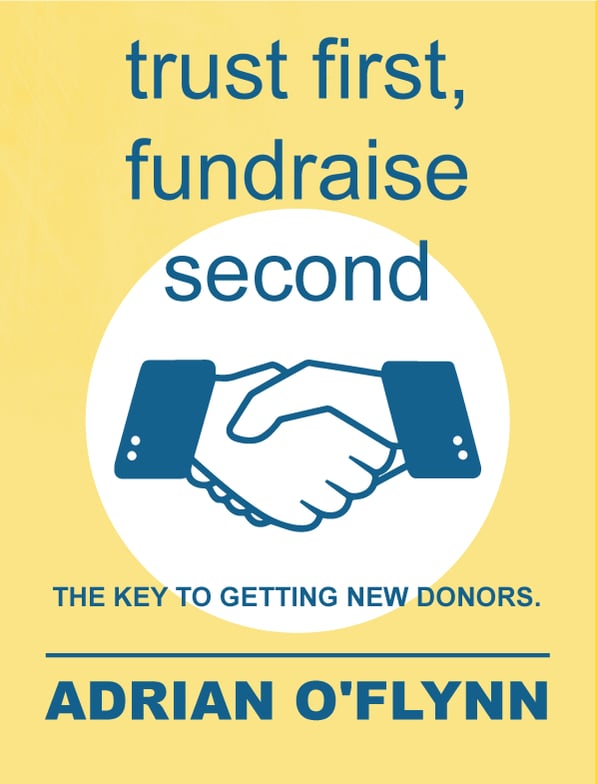I'm sure you've heard this line before. It's a bit of a cliche at this stage. "We're just asking for the price of a cup of coffee."
It's indicative of an attitude that gets fundraisers stuck in one-sided discussions with their closest colleagues, as they over-look the central element in any exchange.
Starbucks understand this element better than almost anyone.
In the early 1990’s, American’s paid $0.50 to $1 for a cup of coffee. They bought coffee in diners and drank it from white mugs, while surrounded by plastic and cheap leather.
Starbucks transformed this culture and convinced Americans (and most of the Western World) to pay $4 for a coffee. You already know this story because, to some degree, you’ve been a part of it. But when you stop to examine the prices that coffee shops charge, they are ridiculous.
The Starbucks near my house charges an audacious €4.65 for a hot chocolate (admittedly, it is delicious). And several coffees have crept over the €5 mark, as Starbucks global profits have hit €4bn.
The question has to be asked. How are they getting away with this?
The product is good and consistent. It helps that coffee is addictive. But those factors don’t explain a quadrupling in price, for a drink that is still just hot water and some coffee beans served in a white mug.
The answer is everything that surrounds the white mug.
It’s the spacious, upmarket Italian coffee-house decor that makes you feel more sophisticated and cosmopolitan. It's a nice place to be. And in a crowded, noisy city, Starbucks can almost make you feel like a calmer person. All of which matters much more than is logical.
It comes down to identity. If a company can make someone feel more like the person they want to be, then they can have more of their money. Because they’re creating significant value for them.
That's the central element that fundraisers often over-look, the perceived value. The value they’re creating for the donor. The way they make the donor feel.
If your communications make a donor feel like a good person, whose decisions have made a positive impact in the world, then you can create more value for your donors and your charity. And you too can have more of their money.
The Starbucks analogy works well for fundraisers, because our roles are limited. We’re never going to be able to change what’s in the white mug. We don't get to influence the core product, but we can surround it with an amazing experience.
We can tell inspiring and uplifting stories of the lives a donor has helped to change. We can show them the smiles they put on people's faces. We can send them short videos of the life-changing machine they paid for being turned on for the first time. We can send them emails that add purpose and meaning to their working day.
And then, when we've done all that, and it's time to ask for another donation, we can ask for a Starbucks amount of money, not an American diner amount.
If you found this interesting and want a broader, more comprehensive view of digital fundraising, then download this eBook - Trust First, Fundraise Second.




